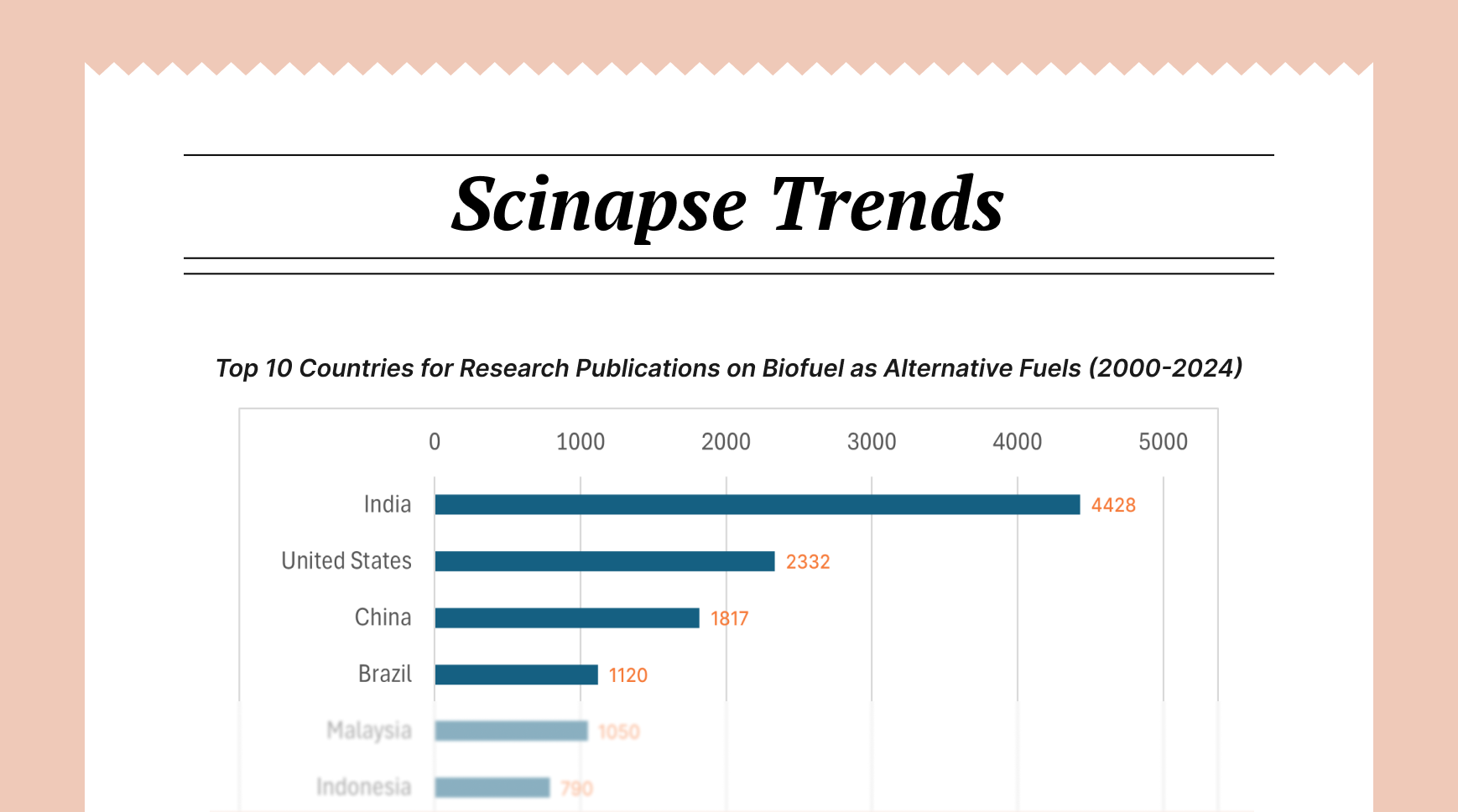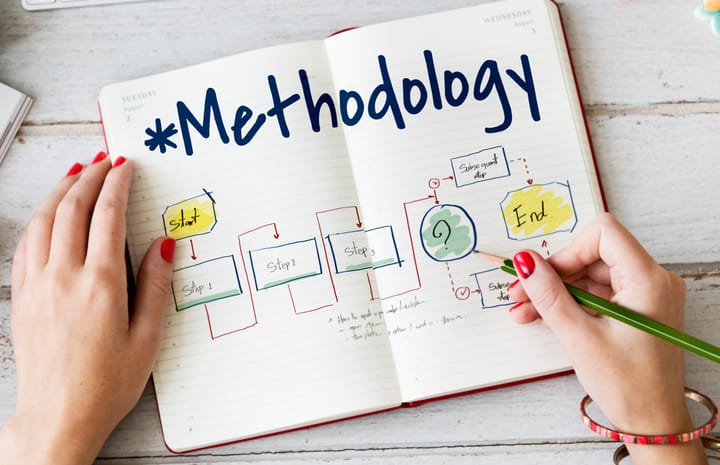Difference Between Literature Review for Industry and Academia

The literature review is important for both academic research and industry-driven projects, serving as a critical foundation for understanding existing knowledge, identifying gaps, and informing future directions. However, the purpose, scope, and ultimate application of a literature review can differ significantly between these two worlds. While both academia and industry value a thorough understanding of the existing landscape, the specific goals and constraints often necessitate a tailored approach. This article explores the key distinctions between literature reviews conducted for academic and industrial purposes, highlighting the crucial adaptations required to ensure relevance and impact in each context.

In academia, the literature review is typically an in-depth and comprehensive exploration of scholarly works related to a specific research question. It aims to establish the theoretical underpinnings of a study, critically analyze existing theories and methodologies, identify research gaps that the current study intends to address, and position the new research within the broader academic discourse. The emphasis is often on rigor, theoretical depth, and contributing to the collective body of knowledge within a discipline.
In contrast, literature reviews in industry are generally more focused and applied. The primary goal is often to inform practical decision-making, solve specific problems, evaluate the feasibility of new technologies or products, understand market trends, or assess competitive landscapes. While academic rigor is still valued, the emphasis shifts towards actionable insights, practical implications, and timely delivery. The audience is often internal stakeholders, such as product development teams, marketing departments, or executive leadership, who require concise and relevant information to guide strategic choices.
Key Differences Shaping the Literature Review in Industry and Academia
Several key differences between academic and industrial contexts necessitate distinct approaches to literature reviews:
1. Purpose and Objectives
- Academia: The primary purpose is to contribute to scholarly knowledge, test or develop theories, identify research gaps, and advance understanding within a discipline.
- Industry: The focus is on solving practical problems, informing business decisions, evaluating market opportunities, understanding competitive intelligence, and de-risking innovation.
2. Scope and Breadth
- Academia: Literature reviews tend to be exhaustive, aiming to cover a wide range of relevant scholarly publications, including seminal works, theoretical frameworks, methodological discussions, and empirical studies.
- Industry: The scope is often more targeted and focused on literature directly relevant to the specific problem or opportunity at hand. While foundational knowledge is important, the emphasis is on practicality and immediate applicability.
3. Time Constraints and Resources
- Academia: While deadlines exist (e.g., for thesis submissions or publications), academic research often allows for more extended timelines for literature reviews, permitting in-depth exploration.
- Industry: Time is often a critical factor. Decisions need to be made quickly, and literature reviews must be conducted efficiently within often tight deadlines and resource constraints.
4. Audience and Communication Style
- Academia: The primary audience is typically other researchers, academics, and students within the same or related disciplines. The communication style is often formal, detailed, and adheres to specific academic conventions.
- Industry: The audience is usually internal stakeholders with diverse backgrounds and varying levels of technical expertise. The communication style needs to be clear, concise, actionable, and tailored to the specific needs and understanding of the audience. Visualizations and executive summaries are often crucial.
5. Types of Sources Considered
- Academia: The focus is primarily on peer-reviewed scholarly articles, academic books, conference proceedings, and dissertations. Grey literature (e.g., industry reports, white papers) may be consulted, but often carries less weight.
- Industry: While academic literature is valuable, industry reviews often incorporate a broader range of sources, including market research reports, industry publications, competitor analyses, patent filings, technical specifications, and even internal company documents. The relevance and timeliness of information often outweigh the need for peer review.
6. Emphasis on Critical Analysis vs. Practical Application
- Academia: A strong emphasis is placed on critical analysis of methodologies, theoretical underpinnings, and the limitations of existing research. Identifying inconsistencies and areas for improvement is key.
- Industry: While critical evaluation is important, the primary focus is on extracting actionable insights, identifying best practices, and understanding the practical implications of the literature for the specific business context.
Adapting a New Approach for Literature Review in Industry
Recognizing these differences is crucial for researchers transitioning between academia and industry, or for those aiming to produce literature reviews that are impactful in both spheres. Here are key adaptations to consider:
1. Define Clear and Applied Objectives (Industry)
Before diving into the literature, clearly define the specific business problem or opportunity you are addressing. What decisions need to be made? What information is critical for those decisions? Frame your research questions with a practical, solution-oriented mindset.
2. Prioritize Relevance and Timeliness (Industry)
While a broad understanding is helpful, focus your search on the most recent and directly relevant literature. Industry trends and technological advancements can change rapidly, making older academic research less immediately applicable.
3. Embrace Diverse Sources (Industry)
Go beyond academic databases. Explore industry-specific publications, market research firms, patent databases (like Google Patents or Espacenet), and even competitor websites. Grey literature can provide valuable real-world insights.
4. Be Concise and Action-Oriented (Industry)
Structure your review to highlight key findings and their implications for the business context. Use clear and concise language, avoiding excessive academic jargon. Include executive summaries and actionable recommendations. Visualizations (charts, graphs) can effectively communicate complex information.
5. Focus on Practical Applications and Solutions (Industry)
Instead of solely critiquing methodologies, emphasize how the findings from the literature can be applied to solve the specific problem or inform the decision at hand. Highlight best practices and potential pitfalls.
6. Understand the Audience (Industry)
Tailor your language, level of detail, and communication style to the specific needs and understanding of your audience. Avoid overly technical language when presenting to non-technical stakeholders.
7. Streamline Your Process (Industry)
Given the time constraints, employ efficient search strategies and focus on extracting the most critical information. Tools like Scinapse, with its ability to quickly generate focused summaries and identify recent trends, can be particularly valuable in an industry setting for rapid understanding of a specific area.
8. Consider ROI and Impact (Industry)
Frame your literature review in terms of its potential return on investment or its impact on key business metrics. How will this review inform better product development, more effective marketing, or improved strategic decision-making?
9. Integrate Business Context (Industry)
Continuously link your findings back to the specific industry, market, and competitive landscape in which your organization operates. Highlight the implications of the literature within this context.
10. Maintain Scholarly Rigor Where Appropriate (Both)
Regardless of the context, maintain ethical research practices, properly cite your sources, and strive for accuracy and objectivity in your analysis. While the focus may differ, a foundation of credible research is essential.
The Role of Tools in Literature Review for Industry and Academia
AI-powered tools like Scinapse can be valuable assets in both academic and industrial literature reviews, albeit with slightly different emphasis.
- Academia: Scinapse can help quickly identify seminal works, understand the evolution of research trends, and discover relevant publications in niche areas, saving time in the initial exploration phase. Its focus on original research can be particularly useful for PhD students and early-career researchers establishing their research focus.
- Industry: Scinapse's ability to generate customized mini literature reviews based on keywords and its focus on recent advancements can be invaluable for quickly understanding the current state of a technology or market. The filtering options by publication year, institution, and journal can help identify key players and recent innovations relevant to a specific industry. The time-saving aspect is particularly beneficial in fast-paced industrial settings.
However, in an industrial context, researchers must remember to supplement Scinapse with searches in industry-specific databases, market research platforms, and patent repositories to gain a comprehensive understanding of the field.
Author: Uttkarsha B
- AI-Ethicist and STM Research & Publishing Expert
Never re-search again.
Scinapse is made by researchers for researchers.
Join the next generation of research at ⏯️ https://scinapse.io/
Pluto Labs
Pluto Labs helps researchers focus on their research by improving several inefficiencies in the academic research process. We offer data-driven insights from academic papers, allowing users to easily obtain review-level results for their desired range of papers.
https://pluto.im/





Comments ()